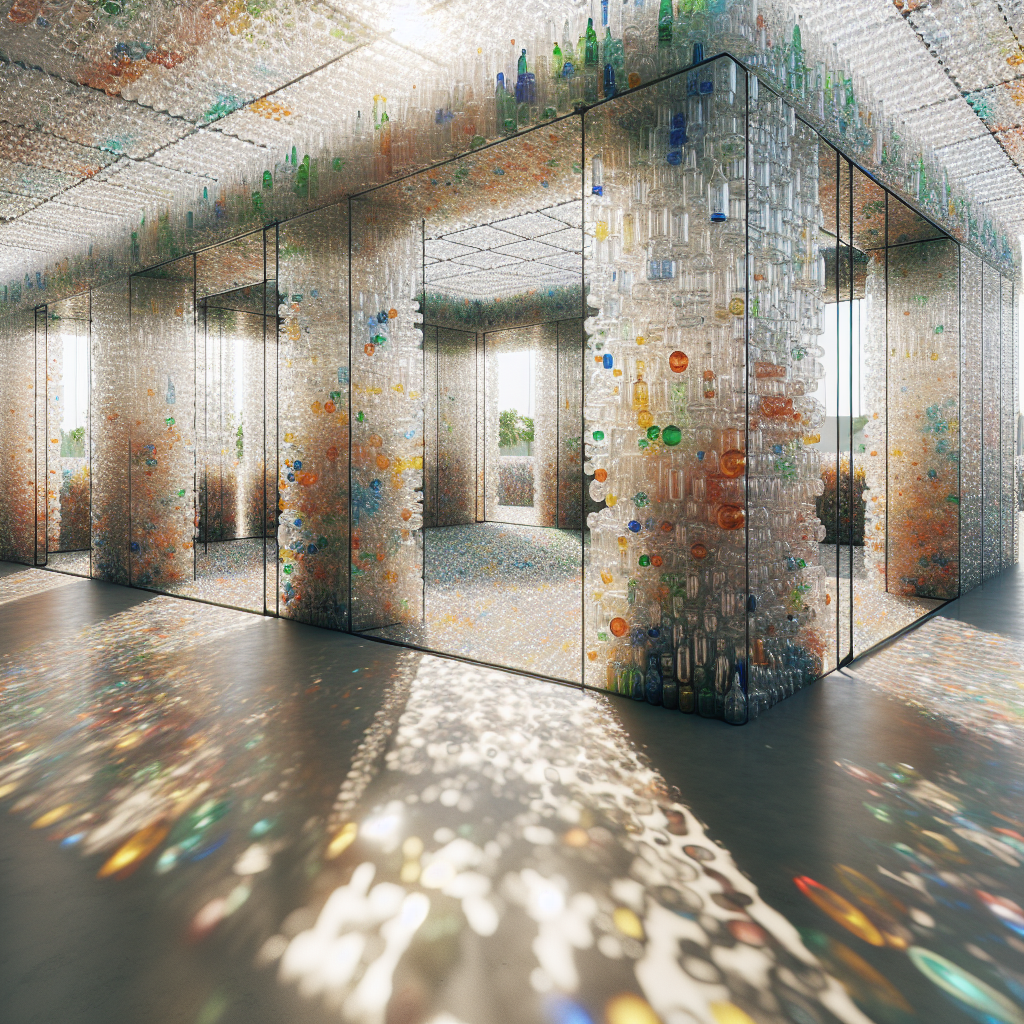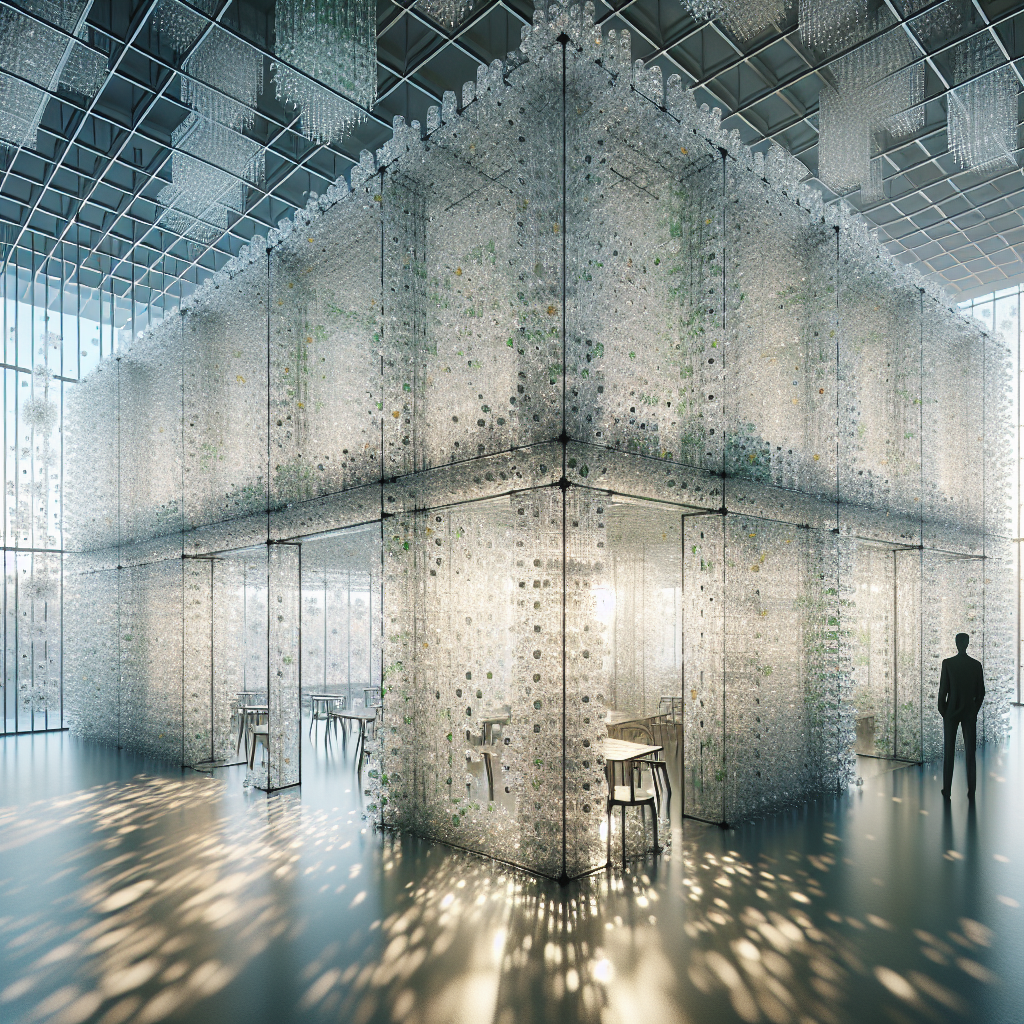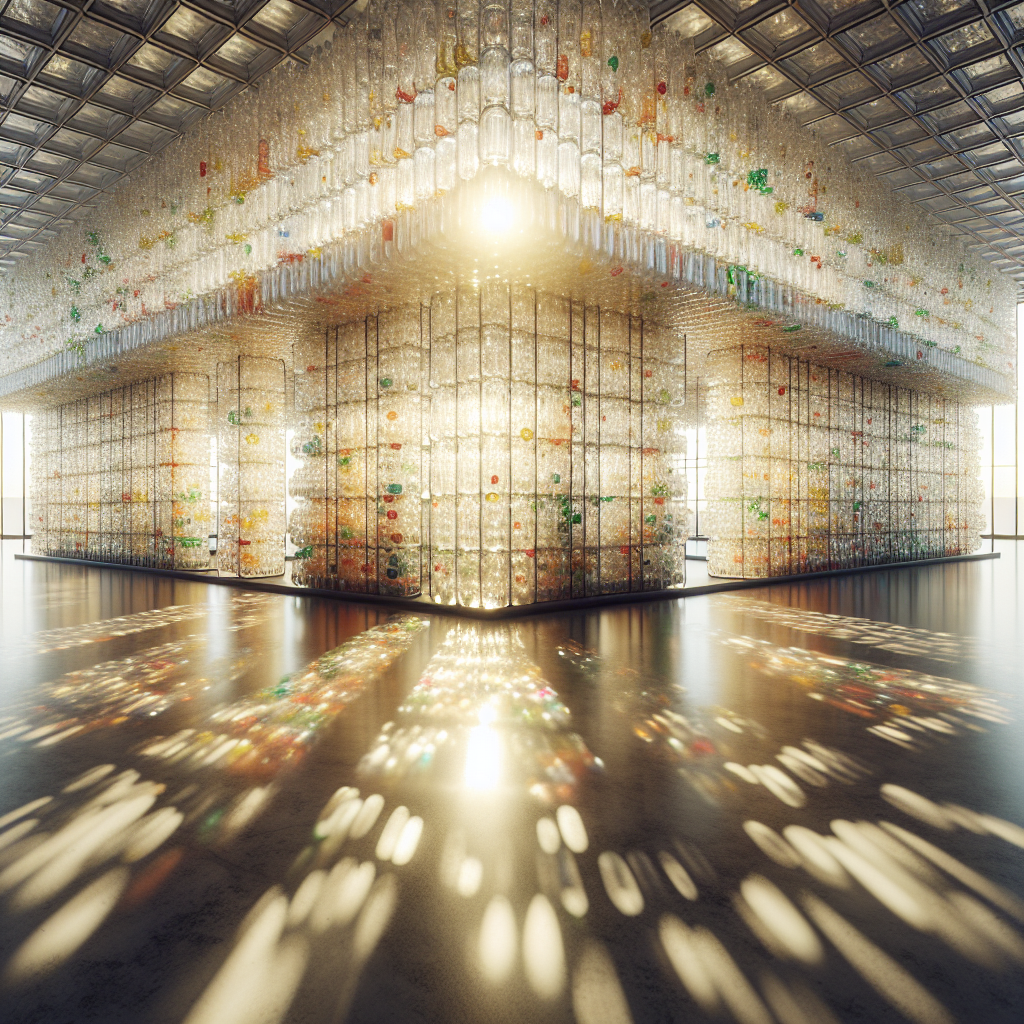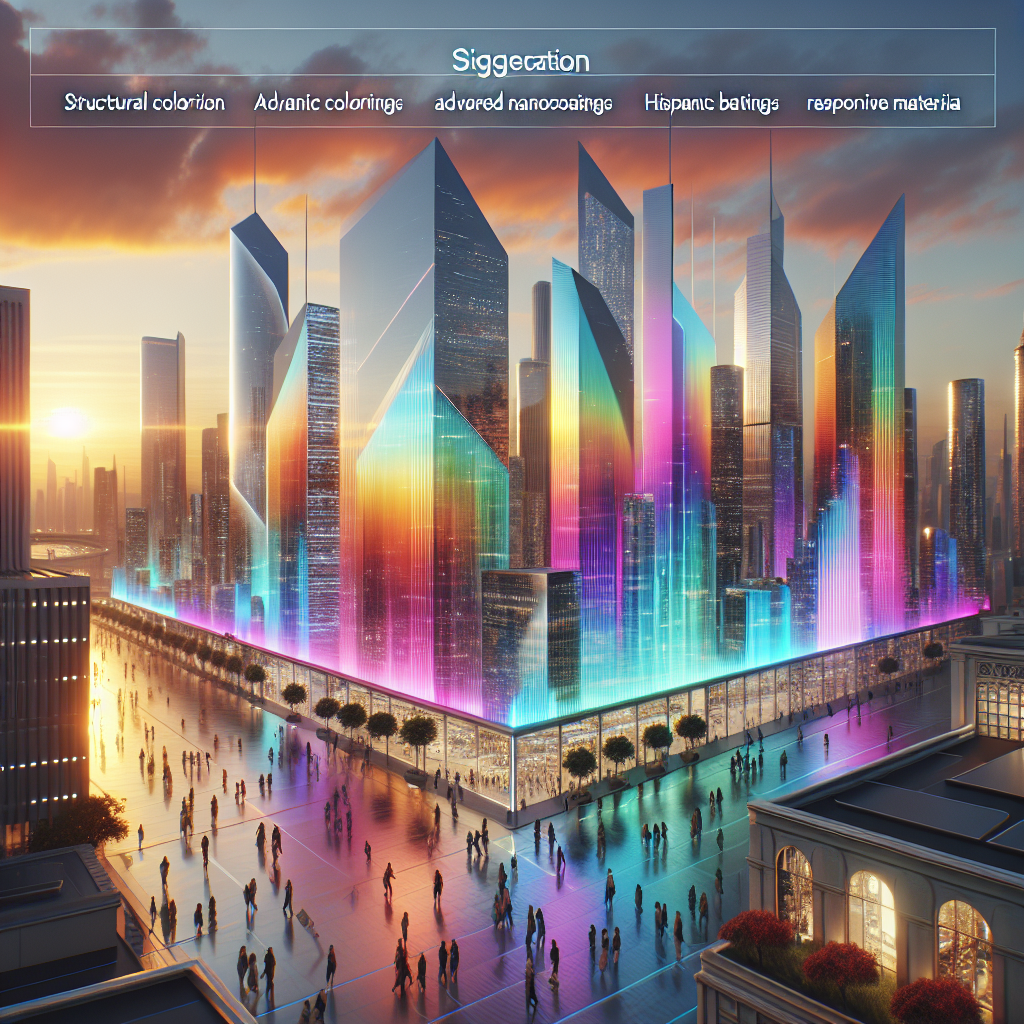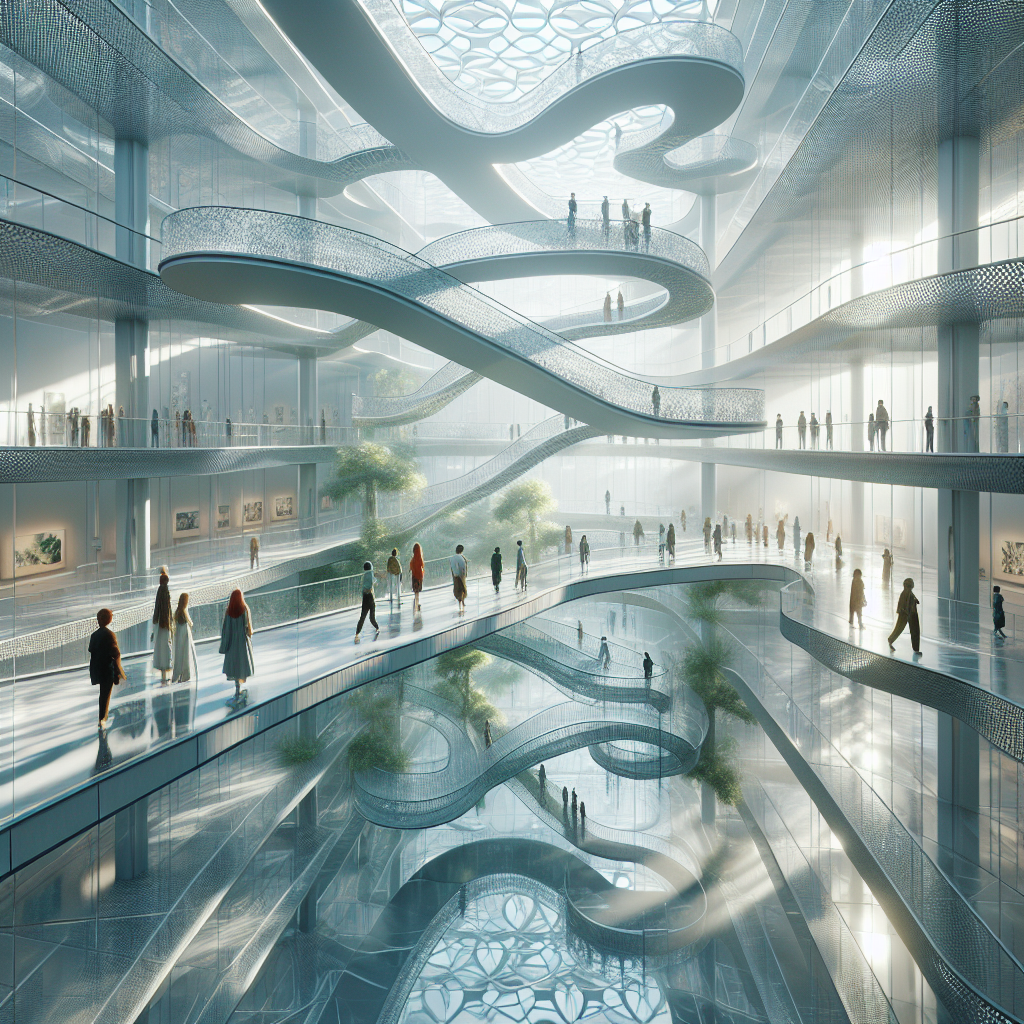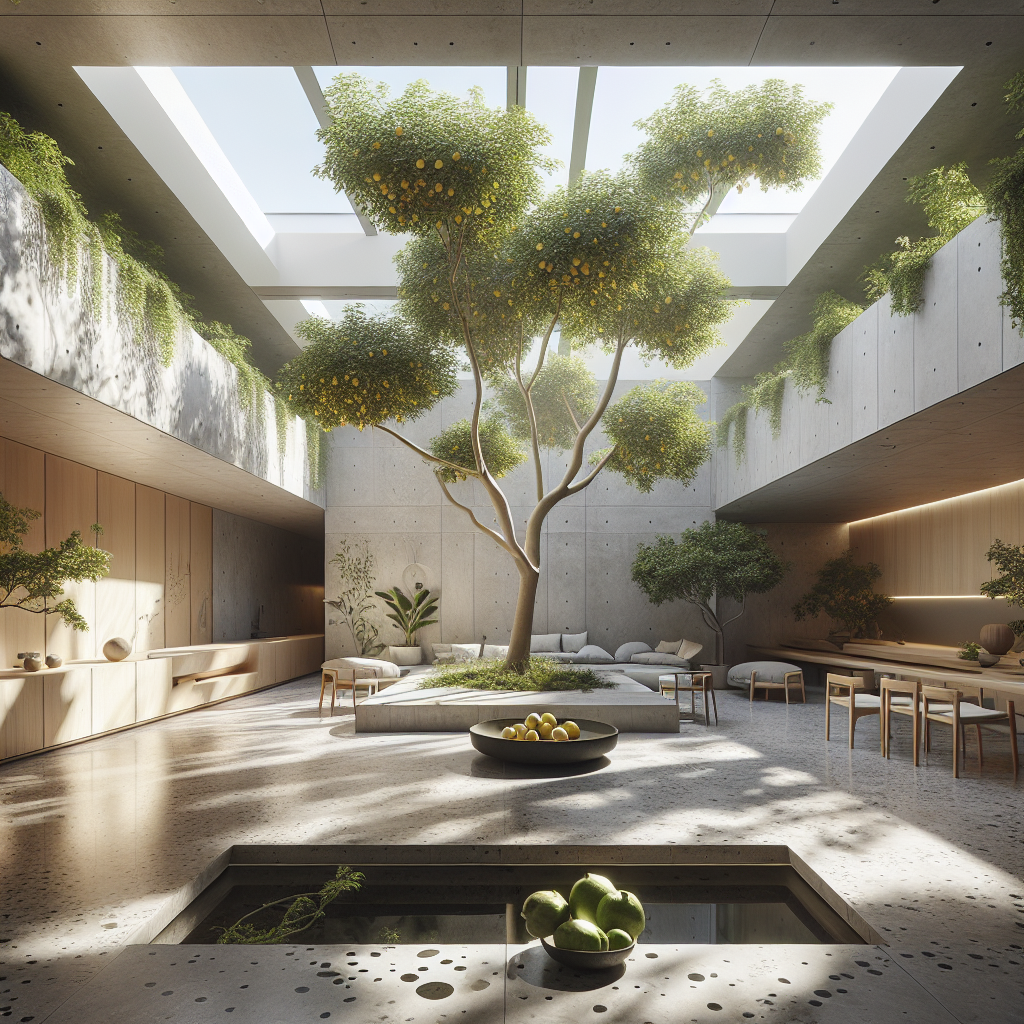Recycled bottle architecture: translucent walls made from plastic vessels
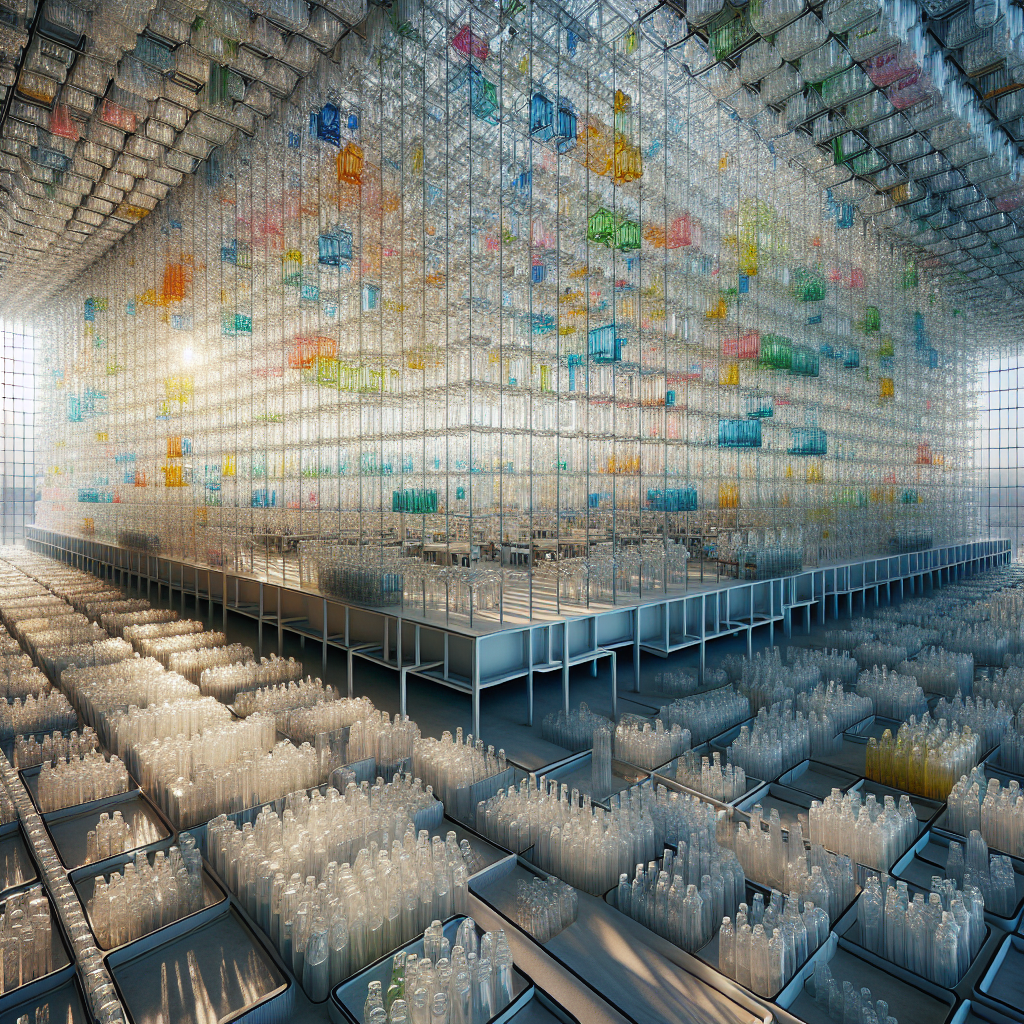
Recycled Bottle Architecture: Translucent Walls Made from Plastic Vessels
In an era where sustainability is no longer a design option but an ethical imperative, architects and designers are reimagining the potential of discarded materials. Among the most poetic and practical of these reinventions is recycled bottle architecture—a movement transforming plastic waste into luminous, load-bearing, and thermally efficient building elements. These translucent walls made from plastic vessels are not only an aesthetic revelation but also a powerful commentary on the circular economy, material innovation, and the social role of architecture in addressing global waste.
The Aesthetic of Light and Waste
Imagine walking into a pavilion where sunlight filters through thousands of upcycled bottles, casting dappled patterns across the floor like liquid glass. The effect is ethereal—part cathedral, part greenhouse. This visual poetry belies a rigorous logic: each bottle acts as a miniature light diffuser, refracting and softening natural illumination while reducing the need for artificial lighting. In climates where energy scarcity is a pressing concern, this passive lighting strategy is both elegant and essential.
Architects are increasingly embracing this technique for its ability to merge eco-conscious design with visual drama. The walls, often constructed from PET bottles filled with air, sand, or even colored liquids, achieve a surprising degree of structural integrity. The resulting façades shimmer like stained glass mosaics, blurring the boundary between waste and wonder. This interplay of translucency and texture aligns with broader design trends toward transparency in design—a material and philosophical pursuit of openness, lightness, and truth in construction.
From Waste to Wonder: The Global Context
According to the United Nations Environment Programme, over 400 million tonnes of plastic waste are produced annually, with less than 10% recycled. This staggering statistic has spurred a new generation of architects to treat waste not as residue but as raw material. The practice of building with bottles—once relegated to grassroots experiments in developing regions—has now entered the mainstream of sustainable architecture.
Projects like the “EcoARK” Pavilion in Taipei, constructed from 1.5 million recycled bottles, demonstrate the scalability of this approach. The building’s façade, composed of interlocking “Polli-Bricks,” is both lightweight and durable, capable of withstanding typhoons and earthquakes. Similarly, in Argentina, the “Casa de Botellas” initiative empowers local communities to build affordable housing using discarded bottles, sand, and mud. These projects are not merely architectural feats—they are social innovations, transforming waste management into a participatory act of design.
Material Innovation and Performance
The structural logic of plastic bottle walls lies in their modularity. Each bottle functions as a self-contained unit of strength and insulation. When bound together with mortar, wire mesh, or compressed earth, they form a resilient composite system. PET plastic, known for its tensile strength and resistance to degradation, performs surprisingly well as a building component. Studies published in the Journal of Building Engineering have shown that bottle walls can reduce indoor temperature fluctuations by up to 5°C compared to conventional masonry in tropical climates.
Beyond thermal performance, these walls excel in acoustic dampening and seismic flexibility. The air trapped within each vessel acts as a natural buffer, absorbing vibrations and minimizing sound transmission. The result is a structure that is both light and robust—qualities often seen as mutually exclusive in traditional construction. This duality echoes the ethos of zero-waste architecture, where every design decision balances environmental responsibility with aesthetic refinement.
Design Language: Transparency, Modularity, and Light
The visual language of recycled bottle architecture is inherently modernist yet deeply human. Its modular repetition recalls the rational grids of Bauhaus design, while its translucency evokes the fragility of glass and the warmth of craft. When illuminated from within, these walls transform into glowing membranes—architectural lanterns that redefine the relationship between interior and exterior space.
Designers are experimenting with variations in bottle size, color, and fill material to create gradients of opacity and hue. Some projects integrate LED lighting within the bottle matrix, producing dynamic façades that shift in tone throughout the day. Others use colored liquids or embedded vegetation to introduce biophilic qualities, aligning with the principles of biophilic design and its proven benefits for mental well-being.
In high-end contexts, such as boutique hotels or cultural pavilions, the technique has evolved into a form of architectural couture. The translucency of the walls allows for a play of shadows and silhouettes, offering privacy without opacity—a tactile, living surface that responds to light, weather, and time.
Social and Environmental Impact
The appeal of recycled bottle architecture extends beyond its visual charm. It represents a democratization of design—architecture that is accessible, replicable, and socially engaged. In regions facing housing shortages or waste management crises, the use of plastic bottles as building blocks offers a low-cost, low-carbon alternative to conventional materials. A typical two-bedroom home can be constructed using approximately 14,000 bottles, diverting nearly 400 kilograms of plastic from landfills or waterways.
This approach also fosters community participation. Construction workshops often double as educational initiatives, teaching residents about sustainability, material reuse, and self-sufficiency. The process becomes a collective act of environmental stewardship—a tangible manifestation of the circular economy in action.
Architectural Case Studies: From Rural Innovation to Urban Experimentation
In Nigeria, the “Plastic Bottle Village” project has become a model for sustainable housing in arid regions. The bottle walls, filled with sand, provide exceptional thermal mass, keeping interiors cool even under intense heat. Meanwhile, in Germany, experimental studios have begun integrating recycled bottles into modular façades for temporary installations, exploring their potential as adaptable cladding systems for urban environments.
A particularly striking example is the “Bottle Brick Pavilion” in Seoul, where designers combined 12,000 PET bottles with aluminum framing to create a semi-permanent exhibition space. The structure glows at night, its surface rippling with refracted light—a poetic reminder that waste can be both a problem and a palette.
Challenges and Future Directions
Despite its promise, recycled bottle architecture faces challenges in scalability, fire safety, and building code compliance. PET plastic, while durable, is combustible, requiring careful integration with fire-resistant materials. Long-term UV exposure can also degrade the plastic’s clarity and strength, though coatings and shading strategies can mitigate these effects.
Researchers are now exploring hybrid systems that combine recycled bottles with bio-based resins or 3D-printed connectors, enhancing both performance and aesthetics. This convergence of digital fabrication and material reuse mirrors the evolution seen in sand-printing technology and other experimental construction methods that bridge craft and computation.
Reframing the Future of Sustainable Design
Recycled bottle architecture embodies a radical shift in how the design community perceives waste. It transforms the detritus of consumer culture into a luminous, life-affirming material—one that captures light, imagination, and conscience in equal measure. For architects and designers seeking to reconcile beauty with responsibility, these translucent walls offer a compelling metaphor: that transparency, both literal and ethical, may be the defining aesthetic of sustainable architecture in the 21st century.
As the global design industry continues its pursuit of net-zero construction and circular innovation, the humble plastic bottle—once a symbol of pollution—has emerged as an unlikely protagonist in the story of architectural renewal. In its refracted glow, we glimpse not only the future of material reuse but also a renewed faith in design’s capacity to heal, illuminate, and inspire.
Published on 10/28/2025
